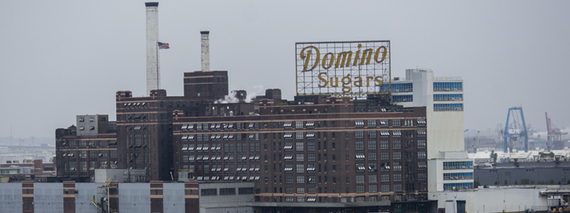By Richard Green
This week, other Baltimoreans and I stood aghast, first at the confused and horrifying accounts of the death of Freddie Gray in police custody, then at the images of young adults looting stores, setting businesses afire and attacking police officers, in contrast to the peaceful protests over the weekend. Today, schools are closed and our city is attempting to comprehend how and why this week’s events unfolded as they did.
This week’s violence emerged from the tragedy and injustice of Freddie Gray’s death, but it’s also a story of generational poverty, inadequate social mobility, inequitable educational opportunities and a sense of oppression by the criminal justice system. These issues—and the discontent, hopelessness, and frustration that accompany them—are deeply felt in classrooms across Baltimore. For far too many students, the promise of equal opportunity doesn’t feel real. It’s a painful and dangerous reality, and while it in no way excuses the violence of the past days, it does help explain it.
All of this puts an extra burden on Baltimore’s teachers, who once again are called upon not only to educate but to counsel and calm. These responsibilities are hardly new, especially for those working in the city’s most disadvantaged communities, where it’s routine for students to come to school hungry, experience violence, or find themselves homeless. But with friends and family facing danger in the streets as they try to protect their homes and businesses, keep their kids safe, fight fires and enforce the law, and protest injustice, the burden can seem impossible.
Over the last 13 years, we have helped bring almost 2,000 teachers to high-need Baltimore schools through the Baltimore City Teaching Residency and have partnered with city schools to ensure better access to high-quality teaching and school leadership. More than a few TNTP staff members have taught in the city. Baltimore’s challenges are our challenges; Baltimore’s students are our students.
In the coming days, teachers will help their students make sense of this week’s senseless events. Young people in Baltimore—and everywhere—have the right to feel angry when they see injustice in their communities. We have an obligation to help them feel heard and nonviolently demand justice without compounding the city’s pain. At TNTP, we stand by those teachers, their students and their families and offer our full support as they navigate these hard days. Today, more than ever, our mission to ensure excellent teaching for all feels urgent and critical for Baltimore students and families.
These resources can help teachers in Baltimore and nationwide as they engage in these challenging conversations with students.
Richard Green is Partner, New Teacher Effectiveness, at TNTP.
